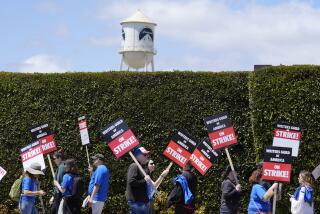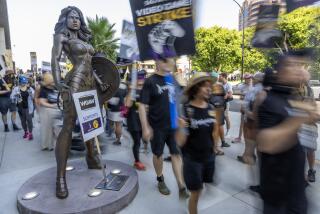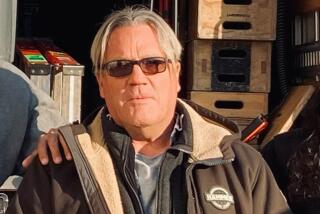From the Archives: Hollywood’s Bloody Friday
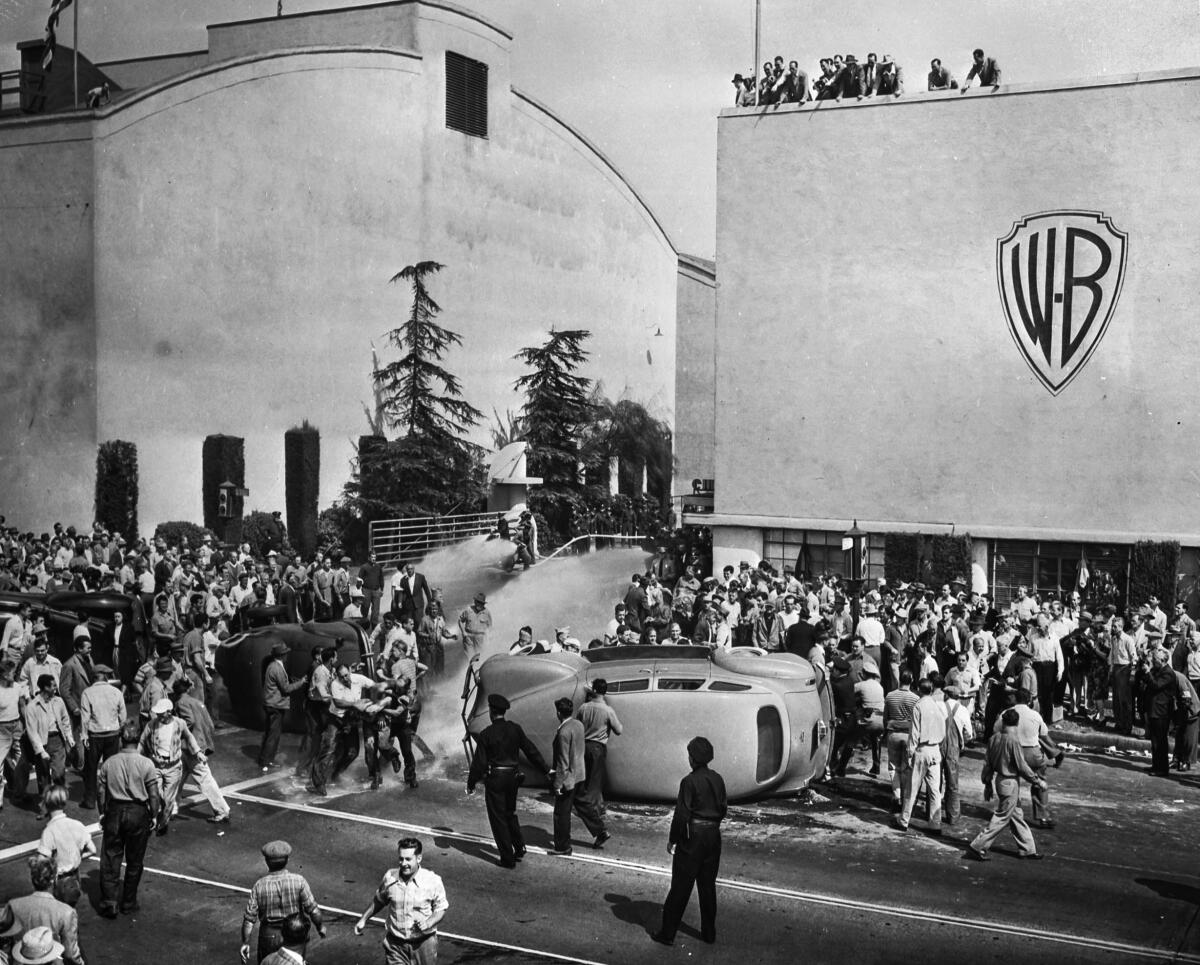
In March 1945, the 10,500-member Conference of Studio Unions went on strike. Picket lines appeared outside the Hollywood studios. But the rival 12,000-member International Alliance of Theatrical Stage Employees did not strike — leading to confrontations between union members.
After six months, the strikers’ money and patience ran low. On Friday, Oct. 5, 1945, the studio unions came out in force to block the Warner Bros. employee entrance. Large numbers of strikers and non-strikers confronted each other outside the employee gate. At least 25 people were injured in the resulting riot. Hollywood remembers Friday, Oct. 5, 1945, as “Bloody Friday.”
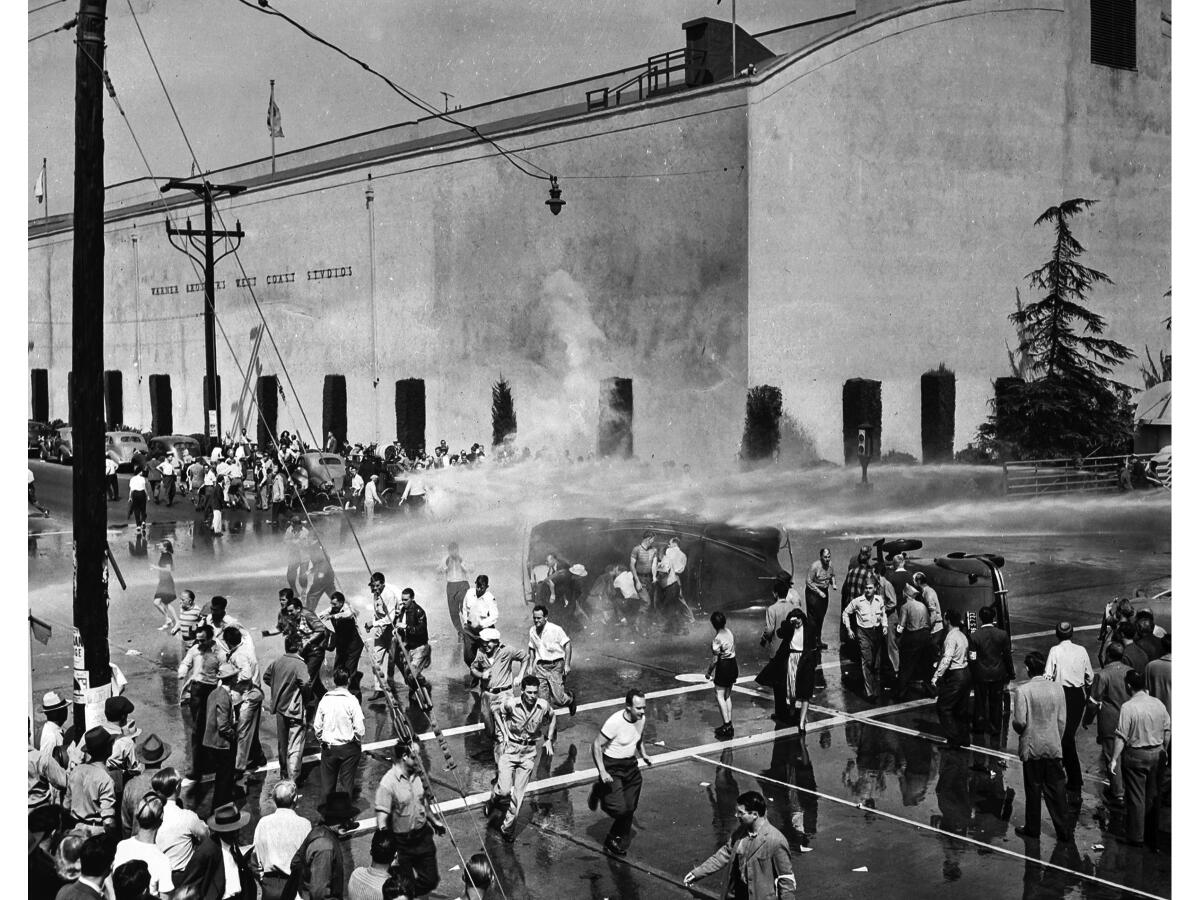
The next morning’s Los Angeles Times reported:
At 5 a.m. 40 pickets began marching across the employees’ entrance on the west side of the studio.
At 6 a.m. their number had increased to 300, and an hour later it was estimated at 750 by (union president Herbert) Sorell. The first incident occurred when a studio policeman attempted to drive into the plant. His car was overturned in front of the gate. A few minutes later the same was done to cars of two other employees.
Burbank police immediately established a “no man’s land” on the wide boulevard, keeping pickets on the east side and non-striking International Alliance of Theatrical Stage employees on the other. ...
As tension grew and clashes became more frequent, Chief of Police Elmer Adams, heading Burbank’s force of 54 officers, telephoned Glendale and Los Angeles police departments for help, as well as asking Sheriff Biscailuz to lend a hand. ...
At noon Blayney Matthews, former chief investigator for the District Attorney’s office and for years chief of police at the studio, forced his way through the picket line and entered the premises. He was punched in the face en route, but succeeded in gaining entrance.
Within a few minutes studio firemen had manned two high pressure fire-hoses and turned high velocity streams of water on the pickets.
When the pickets attempted to rush the firemen, studio police hurled tear-gas bombs, following up with the hoses. The pickets dispersed by the combined attack, retaliated with a barrage of bottles, brickbats and stones.
The studio forces built barricades of long tables against the barrage. The pickets pulled the three overturned cars together to form a defense of their own, from which vantage point they continued hurling bottles and stones. ...
Then police, armed with riot gun, tear gas and clubs, formed into two large battalions and cleared the street in front of the gates. ...
At a late hour, first aid stations maintained by the pickets across the street from the studio, and by the company inside the gates reported having treated 25 injured persons–pickets, studio workers and police. …
::
About 300 police and deputy sheriffs had responded to the Burbank Police Department’s. request for help.
On Oct. 24, 1945, a strike settlement was reached. On that final day, police arrested 400 pickets and sympathizers outside of Paramount and R.K.O. Studios.
But conflicts between the CSU and IATSE unions continued. By 1950, the CSU union was forced out of the Hollywood studios.
In Hollywood history, Oct. 5, 1945, is also referred to as “Black Friday.”
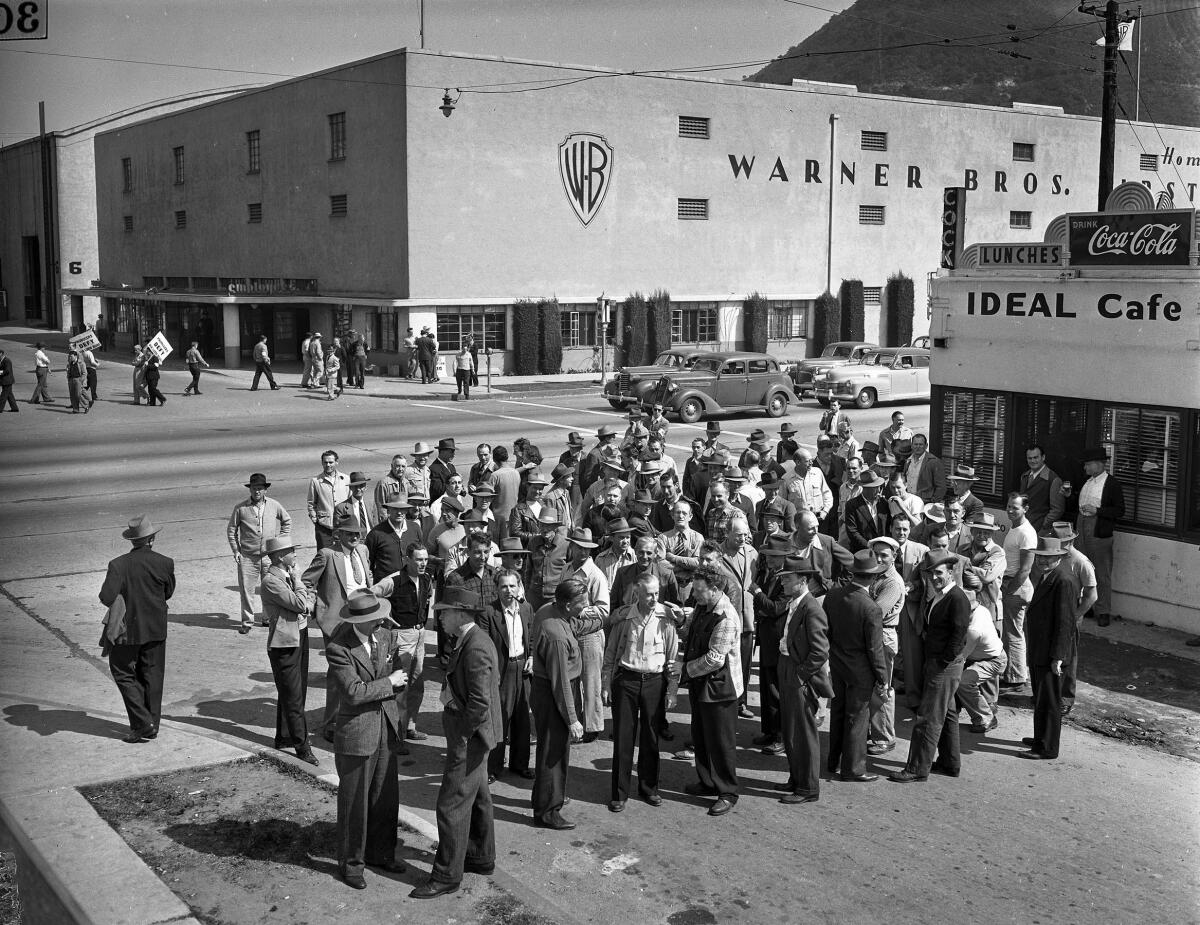
More to Read
Sign up for Essential California
The most important California stories and recommendations in your inbox every morning.
You may occasionally receive promotional content from the Los Angeles Times.
